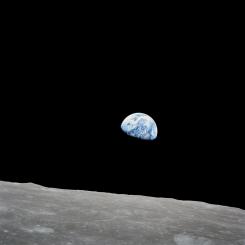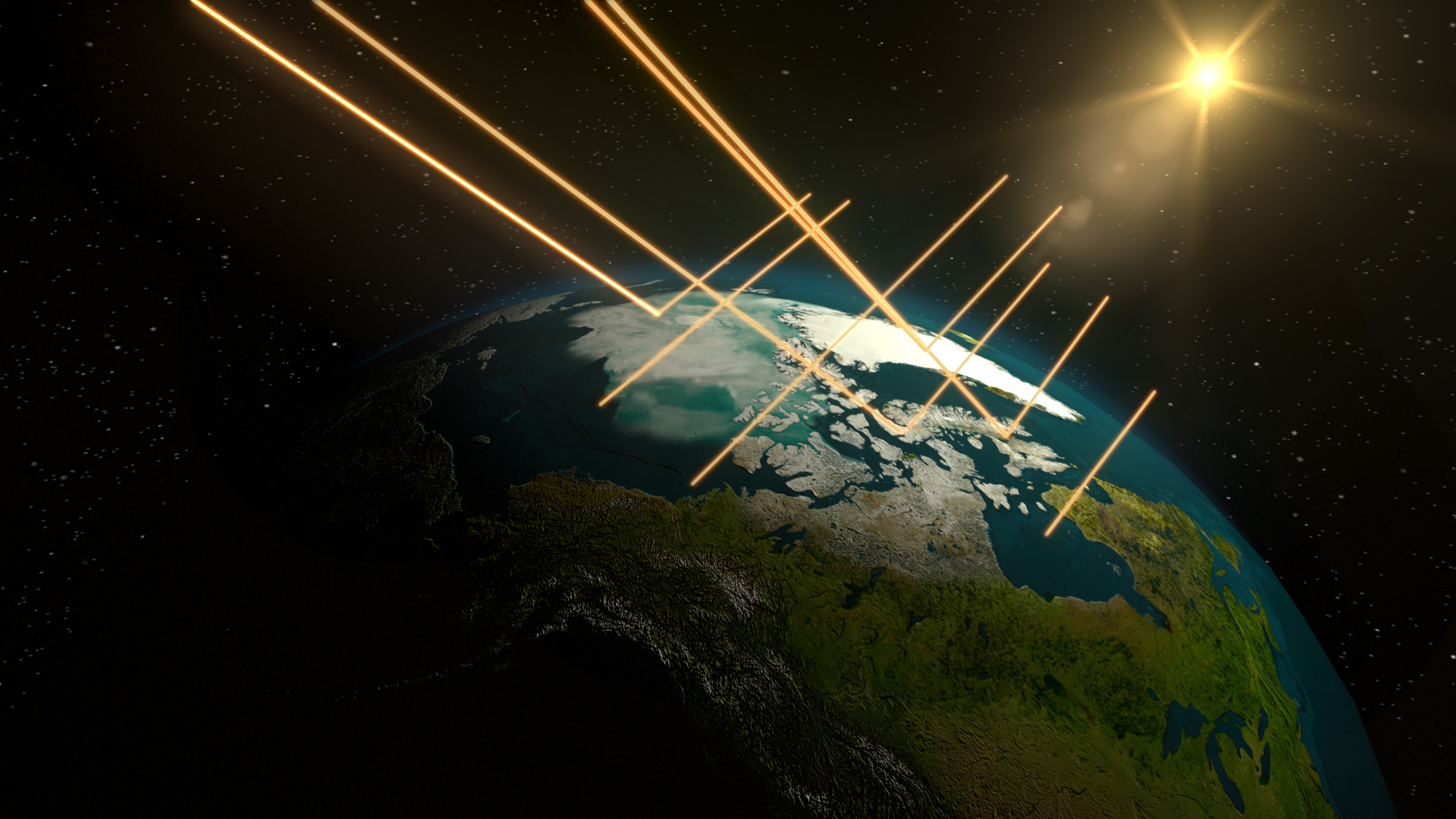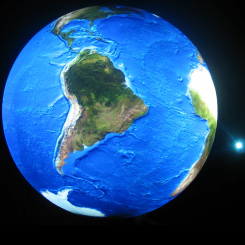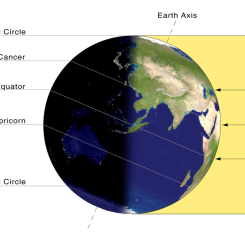Lesson Plans
Albedo Card Sort
Overview
This lesson contains a card sort activity that challenges students to predict relative albedo values of common surfaces.
Materials Required
- Albedo Card Sort - Printable Cards (for each student or student group)
- Albedo Card Sort - Teacher Slides
- Optional: Student Reference Sheet
Procedure
The printable cards document, which includes the albedo card set and paper albedo ruler, is distributed out to students (individuals, pairs or small groups). Students are asked to sequence the cards so they line up appropriately relative to each other using the albedo value ruler.
The teacher displays the bar chart of Surface Albedo Values from the slides for students to compare their predictions.
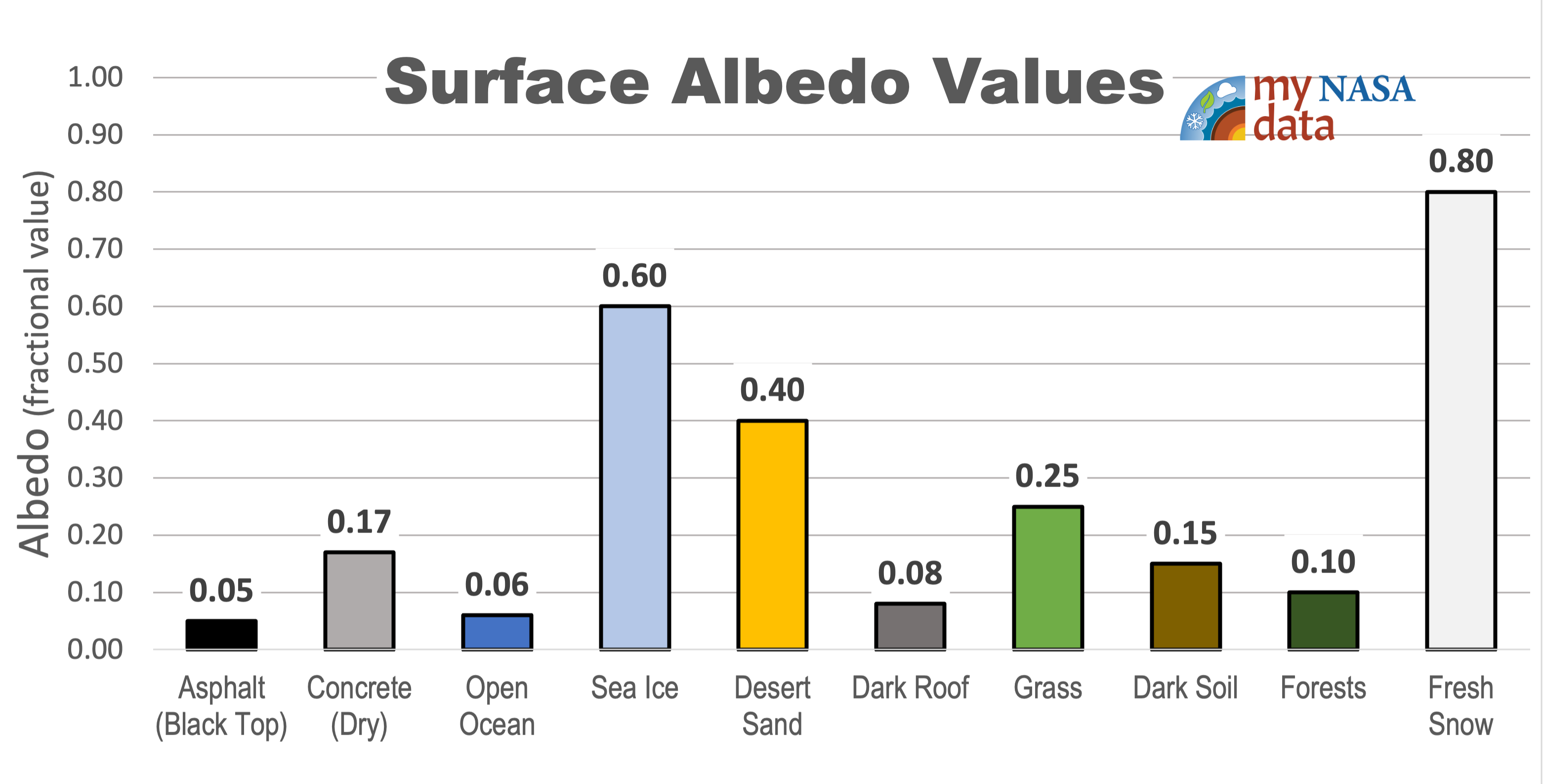
The teacher should lead a short class discussion about questions and comments students may have when comparing their predictions to the values provided in the bar chart.
Optional: Students can record albedo values from the bar chart for reference to use for future activities in the Student Reference Sheet. Students work together is pairs/small groups to discuss the essential question; What types of predictions can be made using the albedo of different surfaces?
Answers:
Teachers who are interested in receiving the answer key, please complete the Teacher Key Request and Verification Form. We verify that requestors are teachers prior to sending access to the answer keys as we’ve had many students try to pass as teachers to gain access.
Sources:
- Real World: Earth's Energy Balance - Energy In and Energy Out. (2018, November 26). YouTube. Retrieved September 21, 2022, from https://www.youtube.com/watch?v=ssQ5KGJ5fYQ
- (2022, April 8). Clouds and the Earth's Radiant Energy System: CERES. Retrieved September 21, 2022, from https://ceres.larc.nasa.gov/
- NASA Earth Observatory - Home. Retrieved September 21, 2022, from https://earthobservatory.nasa.gov/
Disciplinary Core Ideas:
- PS1A: Structure and Properties of Matter
- PS3B: Conservation of Energy and Energy Transfer
- ESS2A: Earth Materials and Systems
Crosscutting Concepts:
- Cause and Effect
Science and Engineering Practices:
- Developing and Using Models
- Students will compare and contrast albedo of various types of surfaces.
What types of predictions can be made using the albedo of different surfaces?
For twenty two years, scientists have been examining Earth's energy budget with a series of space-based sensors known as Clouds and the Earth’s Radiant Energy System, or CERES. The instruments use scanning radiometers to measure both the shortwave solar energy reflected by the planet (albedo) and the longwave thermal energy emitted by it.
If Earth were completely covered in ice, its albedo would be about 0.84, meaning it would reflect most (84 percent) of the sunlight that hit it. On the other hand, if Earth were covered by a dark green forest canopy, the albedo would be about 0.14 (most of the sunlight would get absorbed). Changes in ice cover, cloudiness, airborne pollution, or land cover (from forest to farmland, for instance) all have subtle effects on global albedo. Using satellite measurements accumulated since the late 1970s, scientists estimate Earth’s average albedo is about about 0.30.
Balancing incoming and outgoing energy to Earth is like balancing an equation. When both are equal, Earth’s energy is in balance. Learn more about how changes in this balance may impact Earth. This NASA eClips video, Real World: Earth's Energy Balance - Energy In and Energy Out, explains how Earth's energy budget works.
- Students should understand the definition of albedo prior to (or at the beginning of) this lesson.
- Students may think that ice and snow have a high albedo because they are cold. It is due to their color not the temperature.
- Teacher computer/projector only

